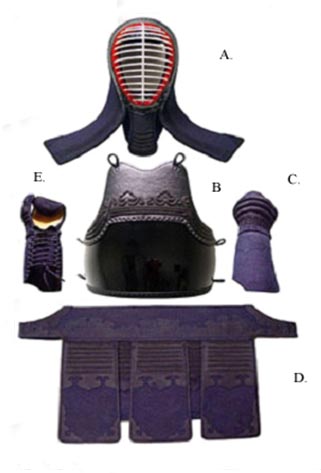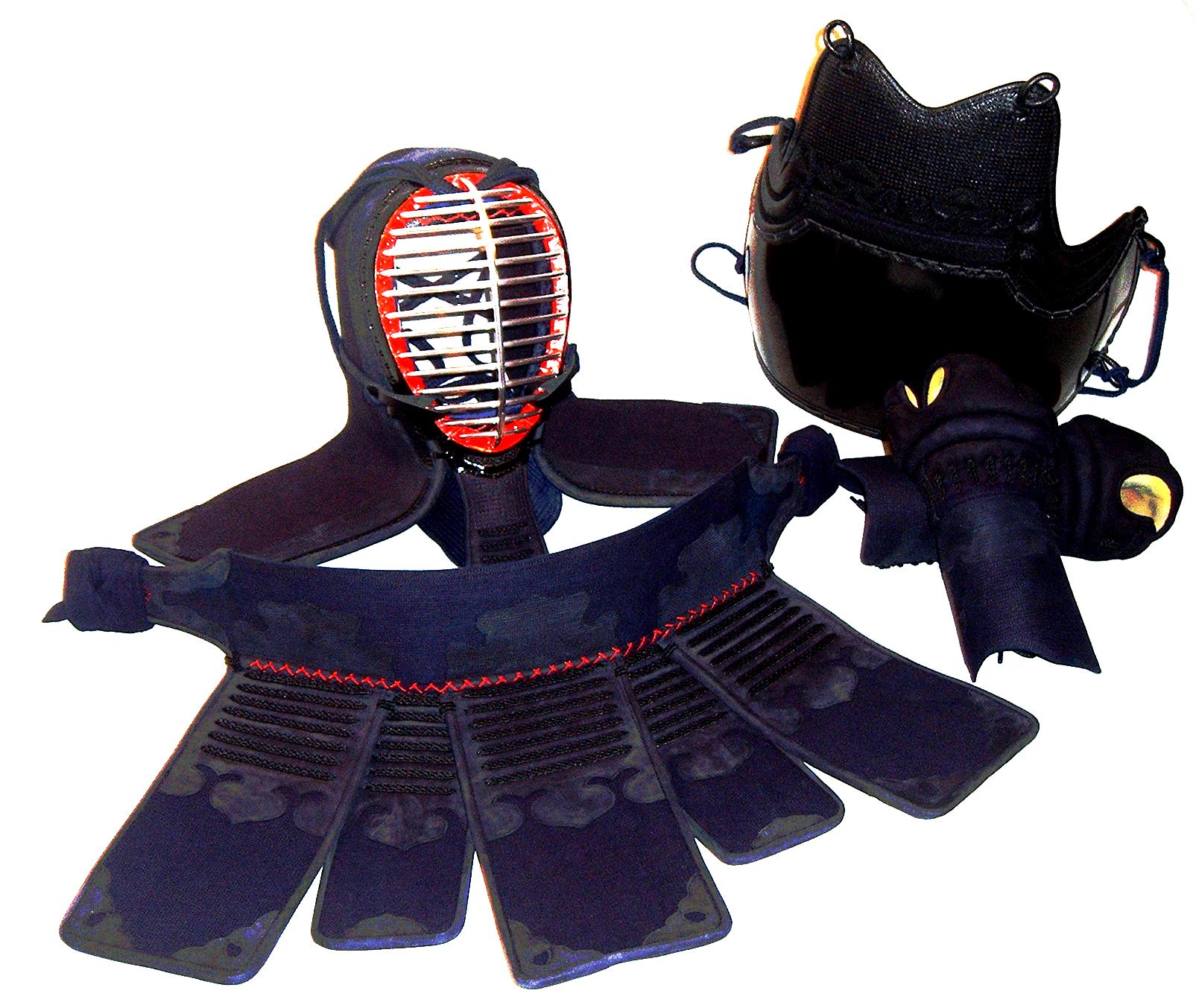|
Hogu
Hogu (호구, 護具) is the armor worn by practitioners of Taekwondo and Geomdo during sparring and competition. Translated into English, ''hogu'' means chest or chest protector. The ''hogu'' has been used in World Taekwondo sparring since the 1950s and is considered the most important piece of sparring equipment in the Taekwondo practitioner's arsenal. The ''hogu'' is the most common scoring area in Taekwondo sparring. The ''hogu'' is hit by the heel, the sole and the top of the foot by many kicking techniques like the roundhouse kick or the back kick, and can also be hit with the fist. ''Hogu''s are made by various companies such as Adidas and Dae Do; only certain brands of chest protector are approved by World Taekwondo. The chest protector is mandatory in World Taekwondo- or Olympic-style competition; however, it is not used in International Taekwon-Do Federation-style sparring. In Korean Geomdo, hogu refers to the armor worn by practitioners during sparring. It is simila ... [...More Info...] [...Related Items...] OR: [Wikipedia] [Google] [Baidu] |
Taekwondo
Taekwondo (; ; ) is a Korean martial art and combat sport involving primarily kicking techniques and punching. "Taekwondo" can be translated as ''tae'' ("strike with foot"), ''kwon'' ("strike with hand"), and ''do'' ("the art or way"). In addition to its five tenets of courtesy, integrity, perseverance, self-control and indomitable spirit, the sport requires three physical skills: ''poomsae'' (, Form), ''kyorugi'' (, Sparring) and ''gyeokpa'' (, Breaking Technique). Poomsae are patterns that demonstrate a range of kicking, punching and blocking techniques, kyorugi involves the kind of sparring seen in the Olympics, and gyeokpa is the art of breaking wooden boards. Taekwondo also sometimes involves the use of weapons such as swords and nunchucks (nunchaku). Taekwondo practitioners wear a uniform known as a . Taekwondo is a combat sport which was developed during the 1940s and 1950s by Korean martial artists with experience in martial arts such as karate and Chinese martial ar ... [...More Info...] [...Related Items...] OR: [Wikipedia] [Google] [Baidu] |
Geomdo
Kumdo () is a modern Korean martial art derived from kendo, the Japanese discipline of swordsmanship. The name is also romanized as Kŏmdo, Keomdo, Gumdo, and Geomdo. Kumdo, commonly translated as "the way of the sword," encompasses various sword-based martial arts influenced by both Korean and Japanese traditions. Among these, Haidong Gumdo, a popular style in Korea, emphasizes broad, flowing sword movements intended to replicate ancient battlefield techniques, in contrast to kendo’s focus on precision and controlled strikes. According to Boye Lafayette De Mente in ''Korean Mind'', kumdo’s philosophy reflects Confucian principles of discipline and respect, embodying cultural values shared by both Korea and Japan. Since its introduction from Japan, kumdo has been widely integrated into Korean culture and society. Over time, the term "kumdo" has evolved into a broader label encompassing Korean martial arts rooted in swordsmanship. It can refer to the competitive, sport-orient ... [...More Info...] [...Related Items...] OR: [Wikipedia] [Google] [Baidu] |
Bōgu
, properly called , is training armour used primarily in the Japanese martial arts, Japanese martial art of kendo,Uchida, M. (2005)Kendo Bogu (Protective Equipment)(October 2005). Retrieved on 12 May 2010. (2002). Retrieved on 12 May 2010. with variants used for jūkendō, tankendo, and naginatajutsu, naginata. History During the Edo period (1603-1868) the use of real swords for training purposes was discouraged due to injuries, with wooden practice swords in the form of and were often used instead. To further reduce injuries, practice armour based on traditional samurai armor was developed, with this practice armour being the basis for the modern .Description and use The word consists of two parts: , meaning "protect" or "defend," and , meaning "equipment" or "tool."[...More Info...] [...Related Items...] OR: [Wikipedia] [Google] [Baidu] |
Kumdo Hogu
Kumdo () is a modern Korean martial art derived from kendo, the Japanese discipline of swordsmanship. The name is also romanized as Kŏmdo, Keomdo, Gumdo, and Geomdo. Kumdo, commonly translated as "the way of the sword," encompasses various sword-based martial arts influenced by both Korean and Japanese traditions. Among these, Haidong Gumdo, a popular style in Korea, emphasizes broad, flowing sword movements intended to replicate ancient battlefield techniques, in contrast to kendo’s focus on precision and controlled strikes. According to Boye Lafayette De Mente in ''Korean Mind'', kumdo’s philosophy reflects Confucian principles of discipline and respect, embodying cultural values shared by both Korea and Japan. Since its introduction from Japan, kumdo has been widely integrated into Korean culture and society. Over time, the term "kumdo" has evolved into a broader label encompassing Korean martial arts rooted in swordsmanship. It can refer to the competitive, sport-orient ... [...More Info...] [...Related Items...] OR: [Wikipedia] [Google] [Baidu] |
Bōgu
, properly called , is training armour used primarily in the Japanese martial arts, Japanese martial art of kendo,Uchida, M. (2005)Kendo Bogu (Protective Equipment)(October 2005). Retrieved on 12 May 2010. (2002). Retrieved on 12 May 2010. with variants used for jūkendō, tankendo, and naginatajutsu, naginata. History During the Edo period (1603-1868) the use of real swords for training purposes was discouraged due to injuries, with wooden practice swords in the form of and were often used instead. To further reduce injuries, practice armour based on traditional samurai armor was developed, with this practice armour being the basis for the modern .Description and use The word consists of two parts: , meaning "protect" or "defend," and , meaning "equipment" or "tool."[...More Info...] [...Related Items...] OR: [Wikipedia] [Google] [Baidu] |
Armor
Armour (Commonwealth English) or armor (American English; see American and British English spelling differences#-our, -or, spelling differences) is a covering used to protect an object, individual, or vehicle from physical injury or damage, especially direct contact weapons or projectiles during combat, or from a potentially dangerous environment or activity (e.g. cycling, construction sites, etc.). Personal armour is used to protect soldiers and war animals. Vehicle armour is used on warships, armoured fighting vehicles, and some combat aircraft, mostly ground attack aircraft. A second use of the term ''armour'' describes Division (military)#Armoured division, armoured forces, #Armoured fighting vehicles, armoured weapons, and their role in combat. After the development of armoured warfare, tanks and mechanised infantry and their combat formations came to be referred to collectively as "armour". Etymology The word "armour" began to appear in the Middle Ages as a derivati ... [...More Info...] [...Related Items...] OR: [Wikipedia] [Google] [Baidu] |
Sparring
Sparring is a form of training common to many combat sports. It can encompass a range of activities and techniques such as punching, kicking, grappling, throwing, wrestling or submission work dependent on style. Although the precise form varies, it is essentially relatively ' free-form' fighting, with enough rules, customs, or agreements to minimize injuries. By extension, argumentative debate is sometimes called sparring. Differences between styles The physical nature of sparring naturally varies with the nature of the skills it is intended to develop; sparring in a striking art such as Karate will normally begin with the players at opposite sides of the mat and will be given a point for striking the appropriate area and will be given a foul for striking an inappropriate area or stepping out of the area. Sparring in a grappling art such as judo might begin with the partners holding one another and end if they separate. The organization of sparring matches also varies; if the ... [...More Info...] [...Related Items...] OR: [Wikipedia] [Google] [Baidu] |
World Taekwondo
World Taekwondo, formerly the World Taekwondo Federation, is an international federation governing the sport of Taekwondo and Para Taekwondo. WT is a member of the Association of Summer Olympic International Federations (ASOIF). The World Taekwondo Federation was established on 28 May 1973, at its inaugural meeting held at the Kukkiwon with participation of 35 representatives from around the world. there are 213 member nations. Since 2004, Choue Chung-won has been the president of World Taekwondo, succeeding the first president, Kim Un-yong. World Taekwondo (WT) was recognized by the International Paralympic Committee (IPC) on October 16, 2013, and the IPC later included taekwondo in the Tokyo 2020 Summer Paralympics. On 17 July 1980, the International Olympic Committee (IOC) recognized World Taekwondo Federation at its 83rd Session in Moscow, Russia. Taekwondo debuted as a demonstration sport of the 1988 Summer Olympics in Seoul, South Korea. On 4 September 1994, Taekwondo was ... [...More Info...] [...Related Items...] OR: [Wikipedia] [Google] [Baidu] |
International Taekwon-Do Federation
International Taekwon-Do Federation (ITF) is an international taekwondo organization founded on March 22, 1966, by Choi Hong Hi () in Seoul, South Korea. The ITF was founded to promote and encourage the growth of the Korean martial art of taekwon-do. The ITF's main functions include coordinating and approving tournaments and seminars, setting standards for teaching (patterns, sparring, destruction), collaborating with affiliated member organizations, and providing services members in regard to rank and certifications. After Choi's death in 2002, there was controversy around the election of his successor that led to multiple organizations claiming the ITF mantle. Patterns Patterns, or ''tul'' (틀) in Korean, originally called '' hyeong'' (형), form an important aspect of training in taekwon-do. They are equivalent to the ''kata'' in karate. The majority of the patterns (except Yul-Gok, Ul-Ji and Tong-Il) start with a defensive move, which emphasizes taekwon-do's defens ... [...More Info...] [...Related Items...] OR: [Wikipedia] [Google] [Baidu] |
Kendo
is a modern Japanese martial art, descended from kenjutsu (one of the old Japanese martial arts, swordsmanship), that uses bamboo swords ( shinai) as well as protective armor ( bōgu). It began as samurai warriors' customary swordsmanship exercises, and today, it is widely practiced within Japan and has spread to many other nations across the world. History Swordsmen in Japan established schools of ''kenjutsu'' (the ancestor of kendo). These continued for centuries and form the basis of kendo practice today.. Formal kendo exercises known as ''kata'' were developed several centuries ago as ''kenjutsu'' practice for warriors. They are still studied today, in a modified form. The introduction of bamboo practice swords and armor to sword training is attributed to during the Shotoku Era (1711–1715). Naganuma developed the use of this armor and established a training method using bamboo swords. , third son of Naganuma and the eighth headmaster of the Kashima Shinden Jik ... [...More Info...] [...Related Items...] OR: [Wikipedia] [Google] [Baidu] |
Martial Arts Equipment
Marcus Valerius Martialis (known in English as Martial ; March, between 38 and 41 AD – between 102 and 104 AD) was a Roman and Celtiberian poet born in Bilbilis, Hispania (modern Spain) best known for his twelve books of ''Epigrams'', published in Ancient Rome, Rome between AD 86 and 103, during the reigns of the emperors Domitian, Nerva and Trajan. In these poems he satirises city life and the scandalous activities of his acquaintances, and romanticises his provincial upbringing. He wrote a total of 1,561 epigrams, of which 1,235 are in elegiac couplets. Martial has been called the greatest Latin epigrammatist, and is considered the creator of the modern epigram. He also coined the term plagiarism. Early life Knowledge of his origins and early life are derived almost entirely from his works, which can be more or less dated according to the well-known events to which they refer. In Book X of his ''Epigrams'', composed between 95 and 98, he mentions celebrating his fift ... [...More Info...] [...Related Items...] OR: [Wikipedia] [Google] [Baidu] |




